
 2021-07-27 19:55:56
2021-07-27 19:55:56
Today we have prepared the second episode of our new series of articles, in which we will present the most interesting places within one prefecture. We were the first to take a closer look at the Chania area, where we showed the most interesting roads a week ago. Today we chose places related to the history of Crete. Of course, our selection does not exhaust this topic.
The history of Crete is not only the excavations of palaces from the Minoan times. This is of course an important part of its history, but it should be remembered that many traces of the past were left by the Venetians and Turks, who for many centuries occupied Crete. There are also many traces left by World War II on the island. Our selection takes account of this diversity.
As in the previous article, we have placed selected places described below on the google map. This makes it easier to find them. After clicking on the marked place, you will see a photo, a preview description and a link to the description on our website.
Aptera excavation
This is the largest and most interesting excavation in the western part of Crete. The city, founded in antiquity, reached its end during a medieval earthquake. Ten centuries later, thanks to archaeologists, they were brought back to light. Excavation work is still ongoing here, and one of the last significant discoveries is the amphitheater. So even if some of you have been to the Aptera before, it is worth coming back to this place and seeing new discoveries.
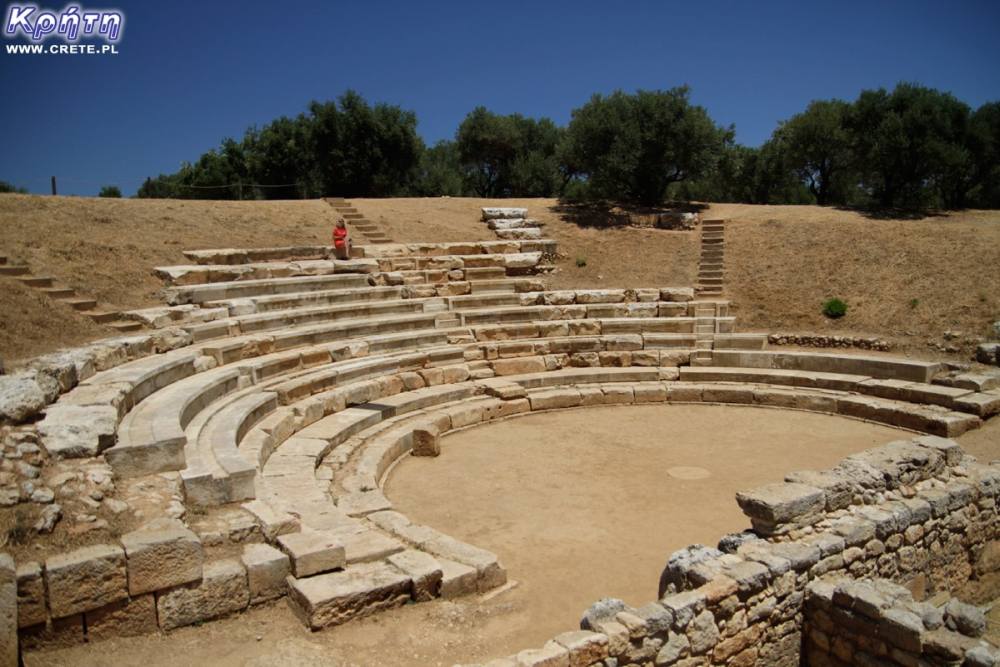
Excavations in Falassarna
In Falasarna there are ruins of an ancient port, which was also an important commercial center and one of the largest cities of ancient Crete. Interestingly, some of its inhabitants were engaged in piracy, at least until the Romans, pissed off by this practice, knocked out such ideas from their heads. The final end of the port came when, as a consequence of a huge earthquake, the west coast of Crete rose up to 9 meters.
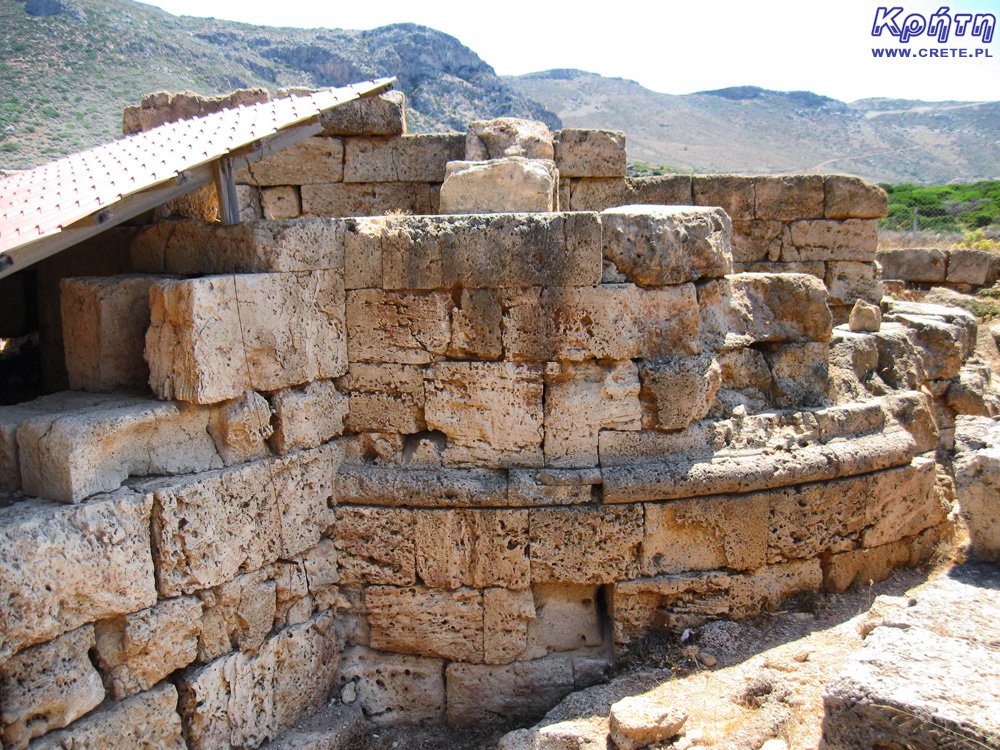
Excavations in Polyrinia
Although it is one of the most interesting archaeological sites of western Crete, it still remains little known among tourists. Polyrinia was one of the most important city-states of this part of the island and the most fortified city of ancient Crete. Nestled between sprawling hills, surrounded by sleepy villages and modern olive groves, Polyrinia not only preserves the remains of an ancient civilization, but also offers great views of the Gulf of Kissamos and the picturesque surroundings.
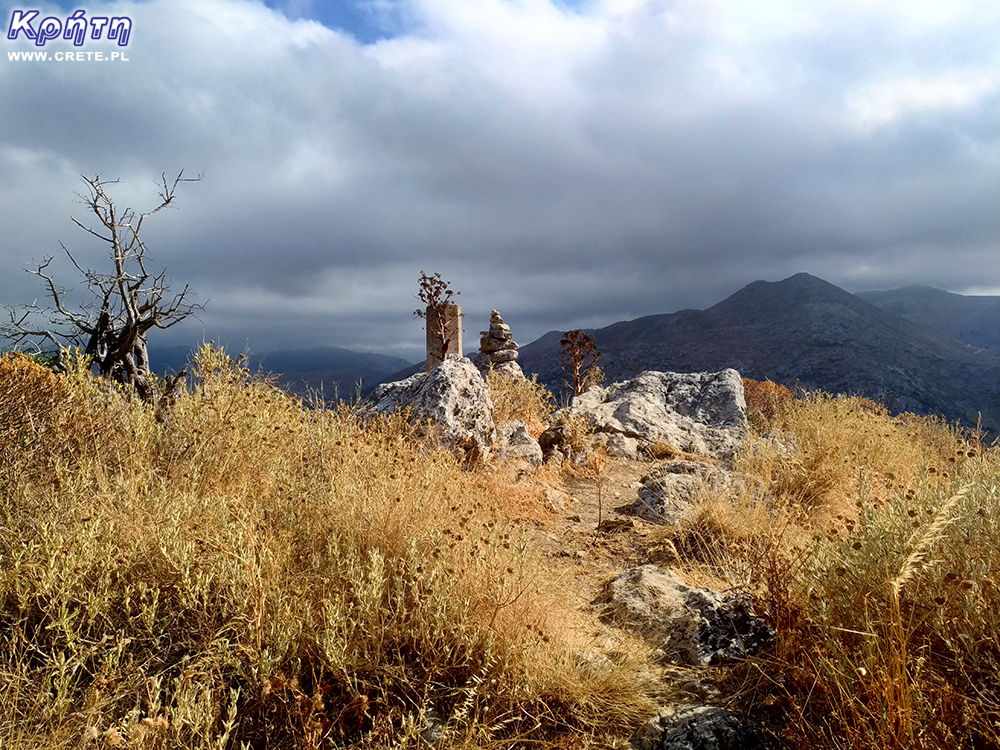
Temple of Asclepius in Lissos
In ancient times, pilgrims from all over Crete and Greece and the northern coast of Africa came to the temple of Asclepius in Lissos. The reason was supposed to be healing spring water, which at that time was a remedy for many ailments. Today, only fragments of the walls and a stunning Roman mosaic covering the former temple floor are left of this sanctuary, which is worth seeing with your own eyes.
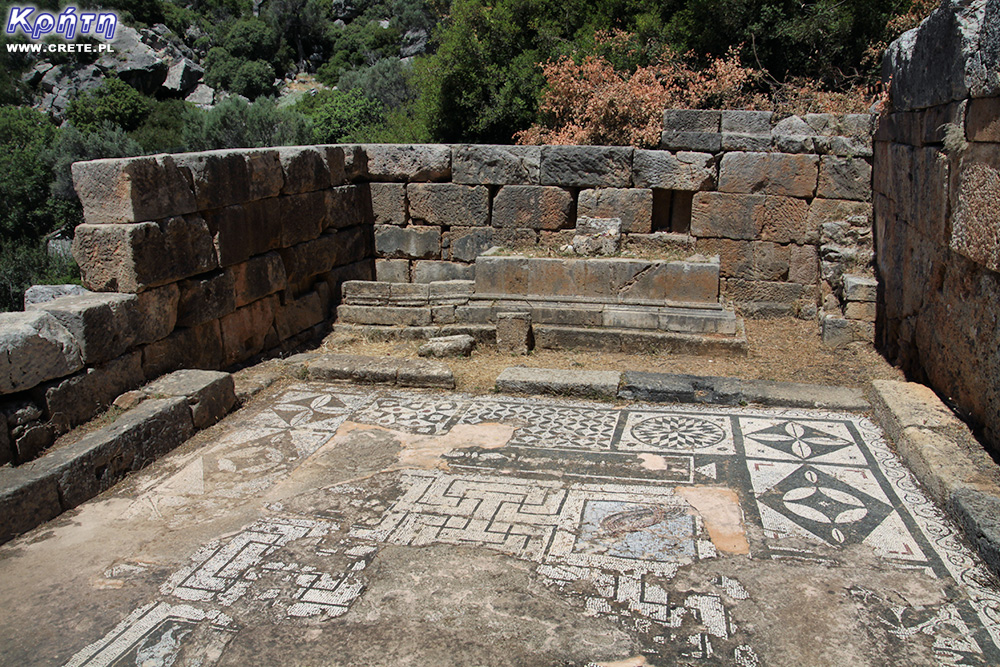
Archaeological Museum of Chania
This museum is one of the largest Cretan archaeological museums. The number of collections is not equal to the huge Archaeological Museum in Heraklion, but the place is still worth seeing. Currently, the museum is moving to a new building. However, after its opening in the new headquarters, it will certainly be worth planning a visit to this place.
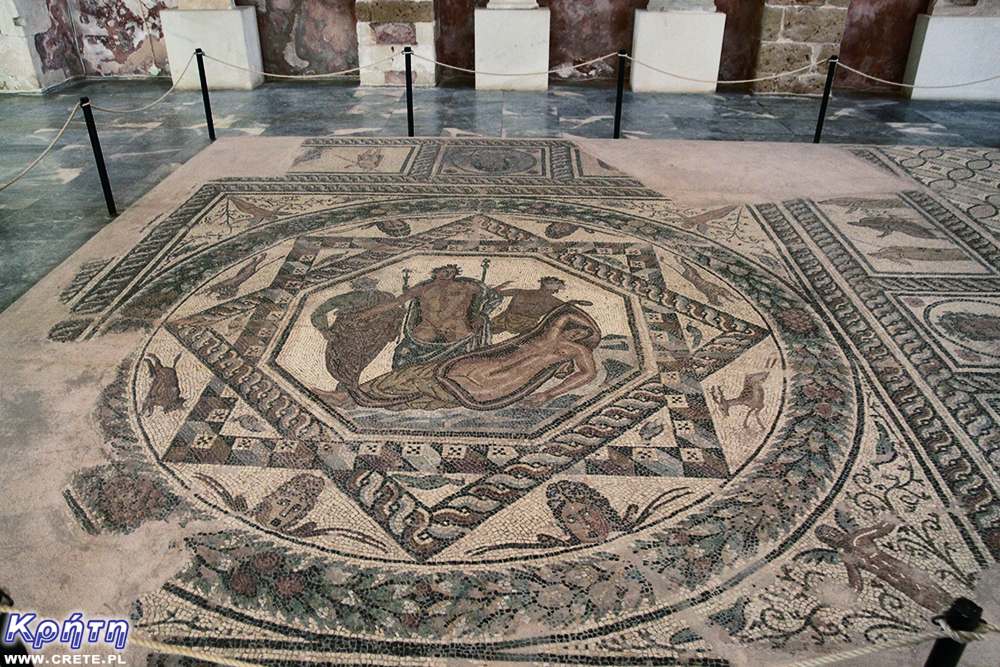
Post-German tunnels in Platanias
Fans of more recent history should visit the tunnels carved in limestone during World War II. Hollowing them out was the idea of the German occupier who forced local residents to work. The main purpose of this building was to store ammunition and military materials. The total length of the tunnels is 120 meters. There are also 10 blind chambers and two exits inside. Currently, unique souvenirs and photos from the war are exhibited there.
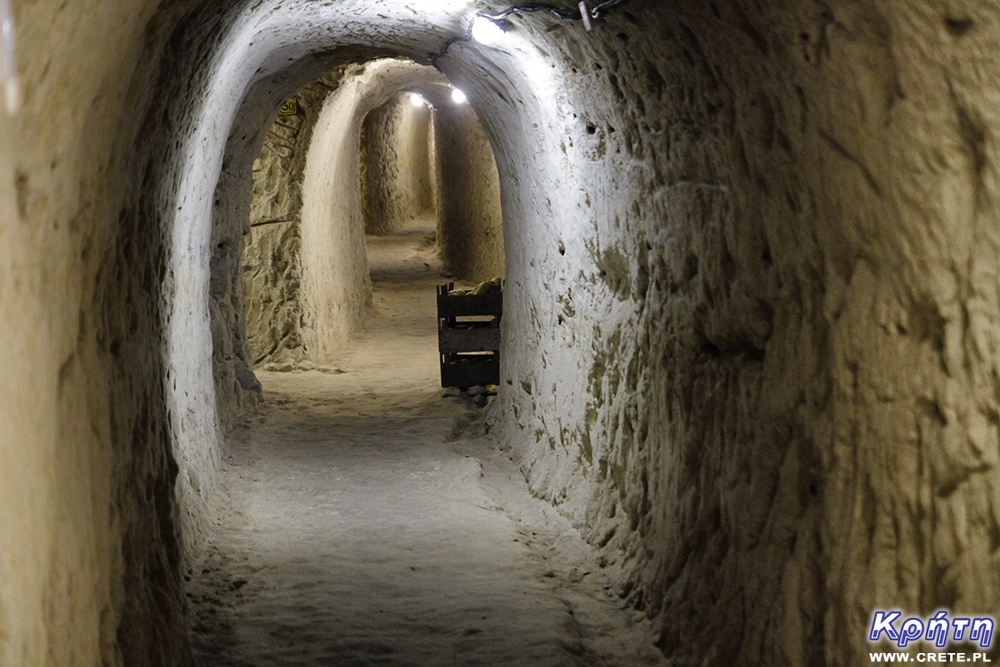
Military cemeteries in Souda and Maleme
They remind us of the tragic "battle for Crete" that took place in 1941. More than 1,500 Allied soldiers are buried at the Souda cemetery. Nearly 4,500 German soldiers are buried in Maleme. Of course, we know that these are specific places and cannot be considered a tourist attraction, but for people interested in Cretan history and the period of World War II, we can safely recommend a visit here.
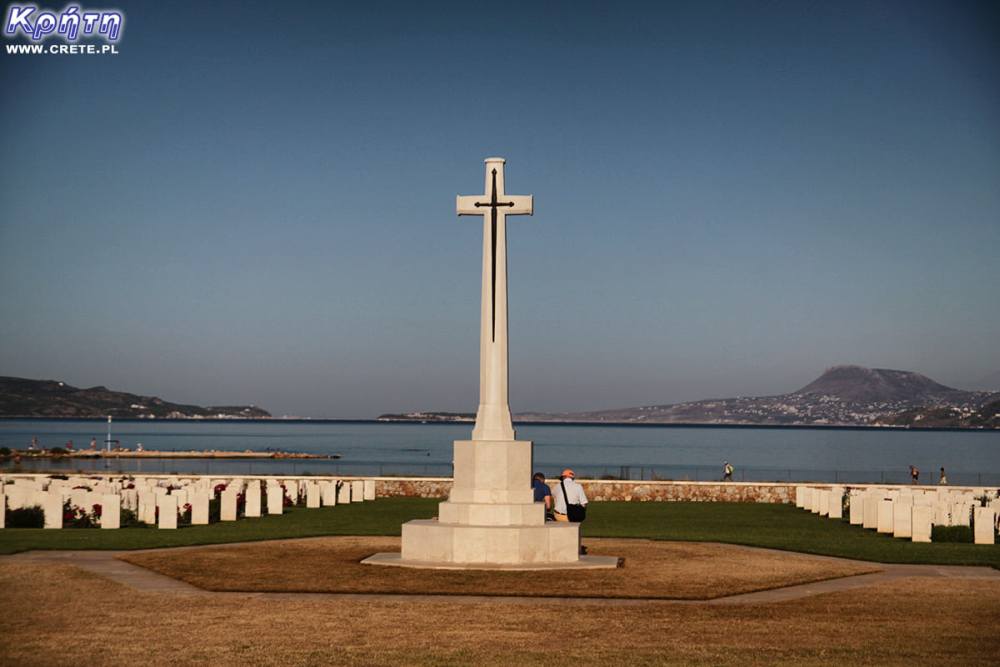
Kandanos
One of the most horrible war crimes committed in Crete during the Second World War was committed in the town of Kandanos. On June 3, 1941, after the German troops took control of Crete, 180 innocent Cretan civilians were massively exterminated here. A small monument and plaques with the names of Nazi victims are engraved on the war crime.
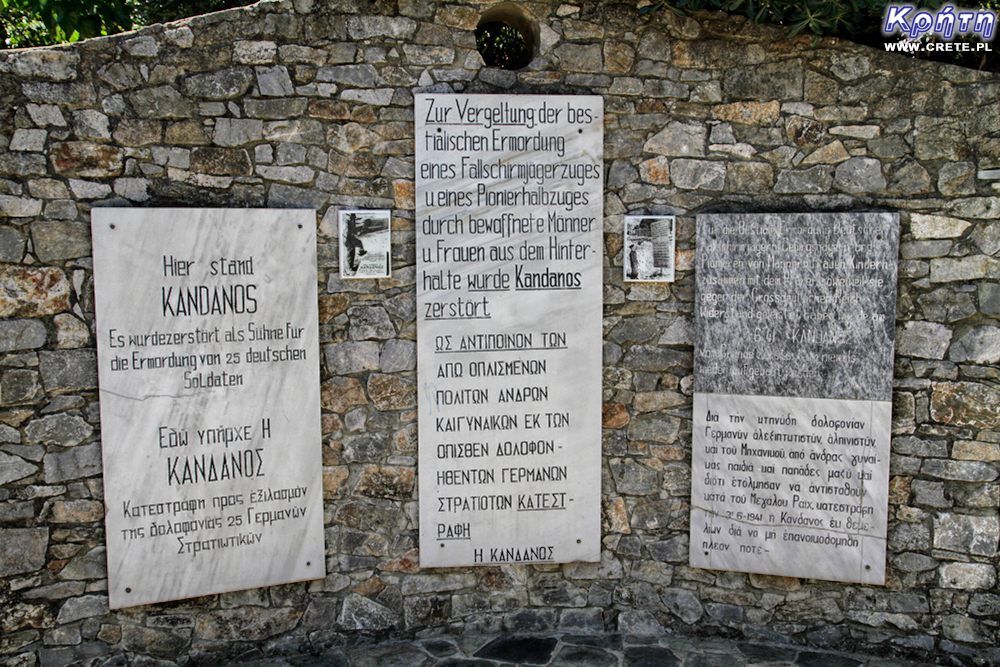
Venizelos tomb
Elefterios Venizelos is one of the most famous Greek politicians from Crete. Eight-time prime minister, co-creator of the Greek constitution, activist for the autonomy of Crete and one of the leaders of the 1897 uprising against the Turkish occupier of the island. After his death in exile, he was buried on the Profitis Ilias hill, a few kilometers from Chania. Next to his father's grave, there is also the grave of the son of Sophoclis Venizelos. It is worth visiting this place not only because of the achievements of Venizelos. From the place of their burial there is an extraordinary view of Chania.
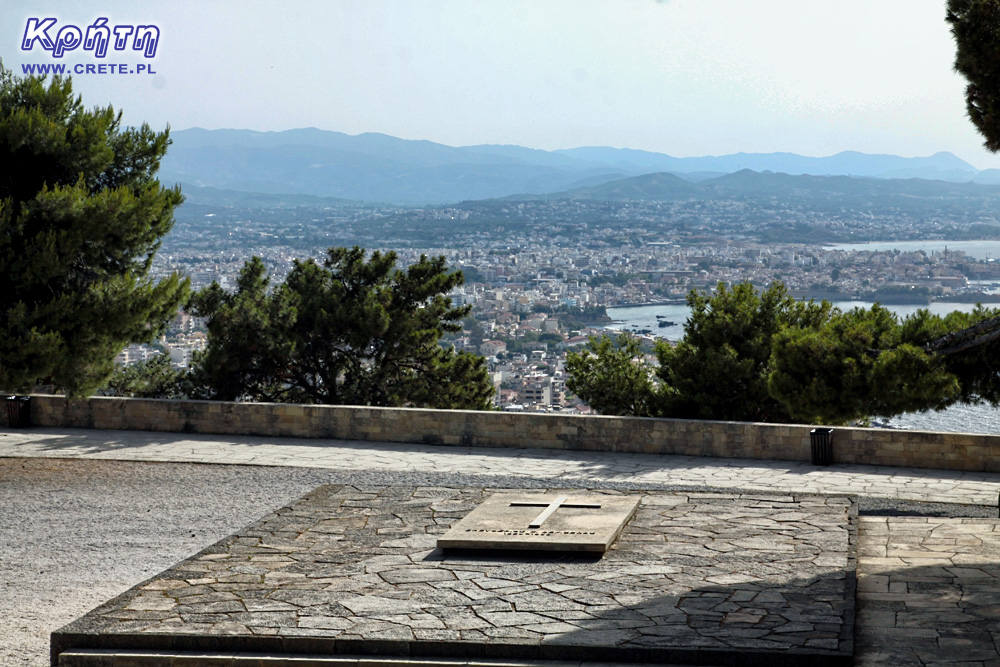
Frangokastello fortress
The Venetian fortress is located on the south-eastern tip of the Nomos of Chania, right next to the beach. Although in the middle of the fortress you will not find magnificent interiors, because only the walls and outer walls of buildings have survived, it is worth seeing it because of its interesting location. On the one hand, the sea, and on the other, the mountains create a unique scenery for this characteristic fortress. Additionally, this place is associated with the legend of Drosoulites, i.e. people of dew. They are supposed to be the ghosts of Cretan insurgents who have fallen here once a year.
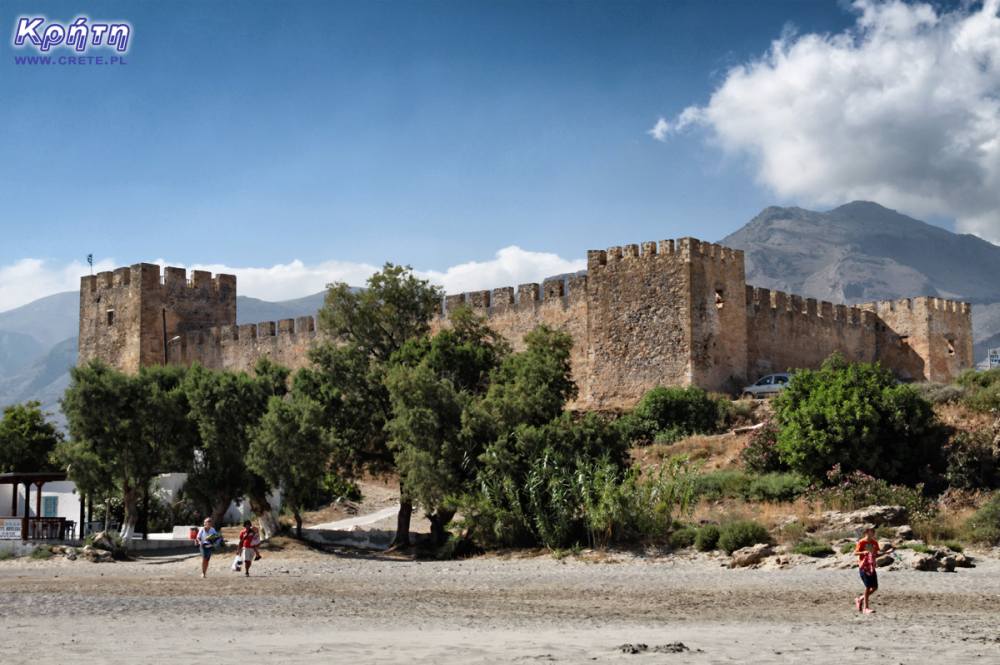
Gramvous Fortress
This fortress was built by the Venetians in 1579-1584 on the small island of Imeri Gramvousa. Later during the turbulent history of Crete, it changed its owner several times, also becoming a shelter for pirates. Today it is one of the greatest attractions of the island, which you can sail to by taking a cruise to Balos. Beautiful views and climbing 365 steps are guaranteed.
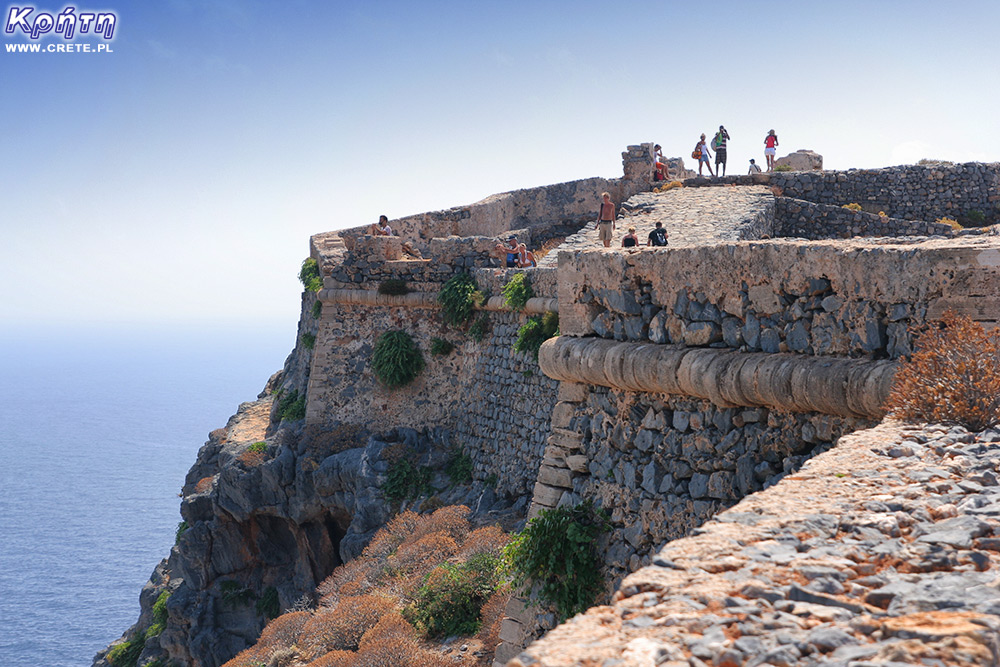
 2021-07-27 19:55:56
2021-07-27 19:55:56
Komentarze
komentarz z
Dzień dobry, czy macie Państwo jakieś informacje czy we okresie 09.2021 rząd grecki planuje jakieś obostrzenia ? Tzn czy będzie utrudniony wjazd na wyspe
komentarz z
Nie mamy takich informacji. Do września daleko a grecki rząd reaguje na pogorszenie sytuacji na bieżąco. Większe obawy wzbudziło to, że kilka dni temu Kreta została oznaczona przez ECDC kolorem ciemnoczerwonym co może oznaczać, że to inne kraje mogą nałożyć jakieś ograniczenia na swoich obywateli powracających z wyjazdów.
komentarz z
Ładnie opisane brakuje mi tylko z 3-4 klasztorów min z Półwyspu Akrotiri
komentarz z
Roman Na klasztory jest przewidziana osobna kategoria
Wypełnij poniższy formularz aby dodać komentarz
lub kliknij w poniższy link aby skorzystać z możliwosci komentowania przez facebooka:
https://www.facebook.com/crete.poland/posts/10158095861142551